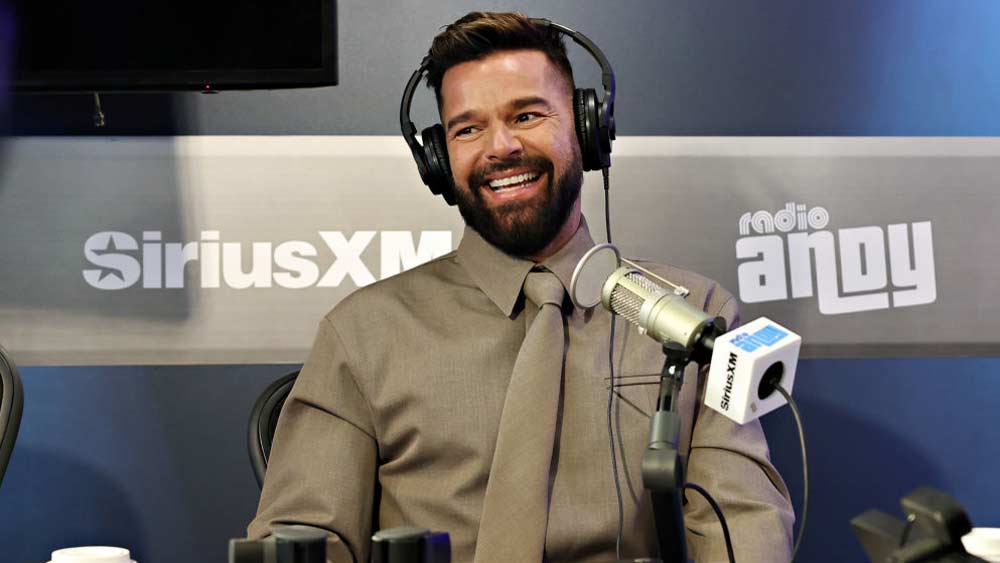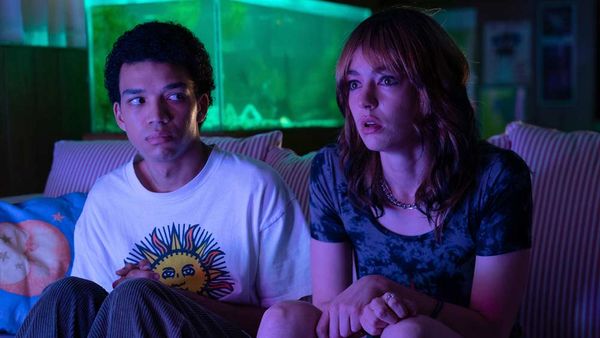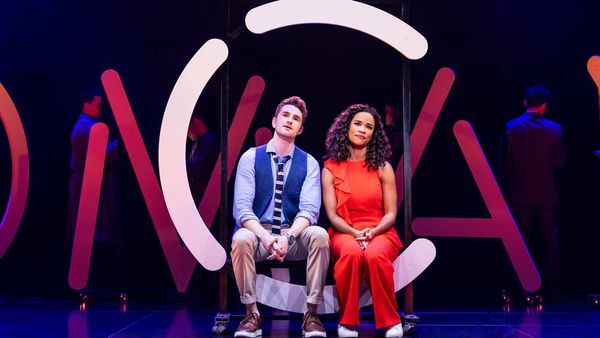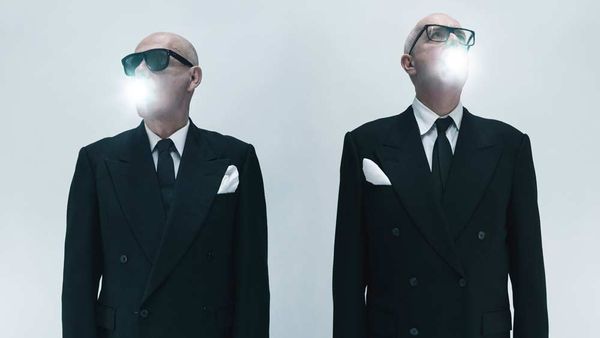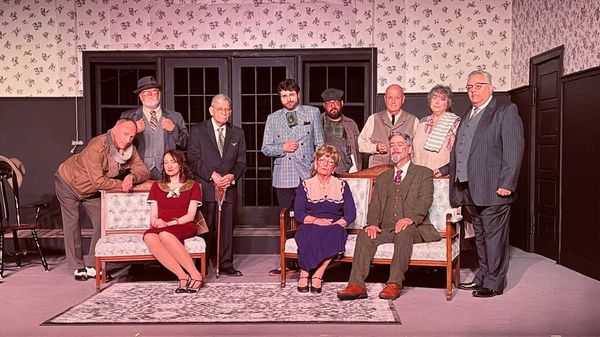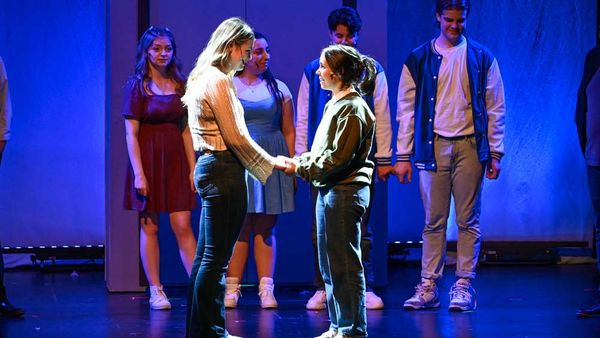September 19, 2013
The Wizard Of Oz: An IMAX 3D Experience
Robert Nesti READ TIME: 2 MIN.
For many, "The Wizard of Oz" remains one of their most-seen films. Four generations have fallen in love with its Deco-inspired fantasy world, ingenious songs, and endearing performances, most specifically Judy Garland as Dorothy Gale. Without the role, Garland would likely only be a cult figure, but her performance continues to introduce new viewers to her phenomenal talent. She's a bit gangly and too old for the role, but she so embodies the Kansas farm girl that travels over the rainbow it is impossible to imagine anyone else in the part.
But most of us know the film from the small screen. Rarely is it shown in a movie theater, and never before with the brilliance of its latest incarnation: The IMAX 3D version coming to theaters for one week.
Unlike many 3D movies that are reworked from their flat-screened originals, "The Wizard of Oz" never overwhelms with the technique. Instead, there's more depth of vision than in-your-face effects; plus, unlike many contemporary films, there are fewer cuts, which gives the eye the opportunity to scan the huge IMAX screen to appreciate what a visual feast it is.
Unlike previous incarnations, the technicians that supervised the digital transfer returned to the original print as a source. The 18-month process, which included the use of alternative audio takes never heard before, results in a perfect combination of 20th century Hollywood fantasy and 21st century technology. Never has the moment when the sepia bleeds into color been so magical; nor has Munchkinland looked this playfully wacky, or Margaret Hamilton's green glow been so luminously menacing, particularly in one giant close-up that could easily terrify both adults and children alike.
The film displays the creative spirit that drove MGM at the height of Hollywood's studio era, from the warmth and ingenuity of the adaptation (which includes the witty score by Harold Arlen and E.Y. Harburg) to the hugely imaginative visual design. This was literally a film made by committee (it had multiple directors including the credited Victor Fleming, as well as Richard Thorpe and George Cukor), but one in which each member complements, even enhances, the contributions of the next. This may be why it remains such a splendid achievement.
Seeing the film again only reaffirms how superior it remains, even 75 years later, to the bloated 3D prequel (released earlier this year, to tremendous business). What fun this return trip to Oz turns out to be.
Robert Nesti can be reached at [email protected].

